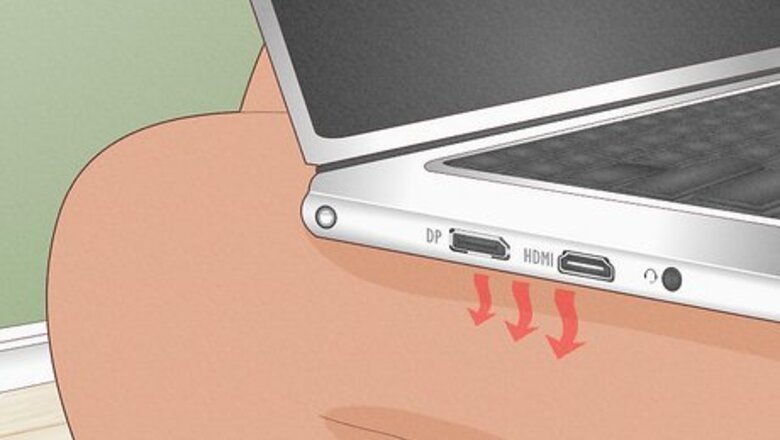
views
- Conduction transfers heat through physical contact as molecules collide with each other. Your laptop getting hot in your lap is proof of this.
- Convection generates heat through moving fluids like liquid and gas—think of a boiling kettle.
- Radiation emits heat with electromagnetic waves that warm the air, like how you can feel hot under the sun or toasty by a fire.
What is conduction?

Conduction is the transfer of energy from one object to another. Heat always moves from a higher temperature to a lower temperature. So, when a cooler molecule touches or collides with a warmer molecule, the warmer molecule transfers its heat. This physical pass of energy is the process of conduction. Hot molecules move faster than cold molecules. When a fast molecule crashes into a cold molecule, the fast molecule gives away some of its energy and heats the other molecule. For example, say you’re reading this article on your laptop (which is sitting on your lap). The bottom of your laptop is most likely warm and heating your legs, and that’s all because of conduction.
What is convection?
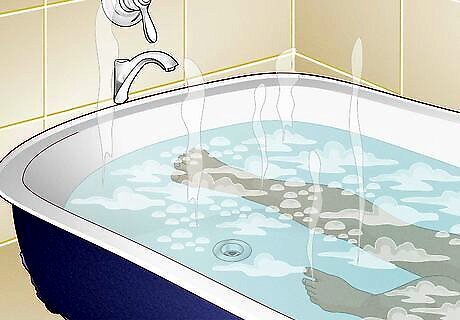
Convection is the transfer of energy by moving fluids. When a fluid, such as a liquid or gas, moves across or against a surface, it can remove or add heat. This process works because as a fluid heats up, its particles spread out and lower its density, allowing the hot and cold to separate. For instance, let’s pretend you’re in a hot tub. As the water bubbles and moves, it begins to heat up and create steam. The bubbles and steam are a product of convection.
What is radiation?

Radiation is the transfer of energy through space by electromagnetic waves. Heat travels in visible and non-visible light, and each light is made up of waves of different frequencies. One of these frequencies is called “infrared,” and it’s infrared radiation that produces heat that can pass through space. The sun is a perfect example of this. The sun’s rays can warm your skin as you sunbathe (even though you’re not physically touching it) because its electromagnetic waves travel from space to your spot on the beach. Every object above 0° Kelvin emits radiation, including you! This is why you may feel warmer standing next to someone on a cold day.
Differences
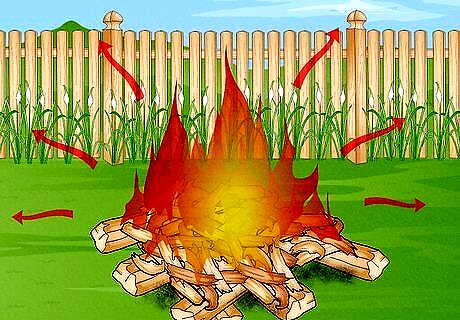
Unlike other methods of heat transfer, radiation requires no contact with other molecules. The transfer of energy relies on electromagnetic waves, so this form of heat can easily pass through open space. This allows things like heat lamps and fires to warm the air around them. With this in mind, radiation also follows the law of reflection and refraction, which explains how light and heat can bounce or change direction against a surface.

Conduction is the slowest form of heat transfer. In terms of speed, radiation is the fastest, convection is a close second, and conduction is the slowest. That’s because conduction relies on the collision of molecules, and the longer molecules touch, the hotter they’ll become. If we were to go back to our example with the laptop, you’d most likely be able to tolerate the warmth from the laptop for a few minutes. But as the clock ticks, your legs will get hotter and hotter until you have to move the laptop away.
How They Work Together
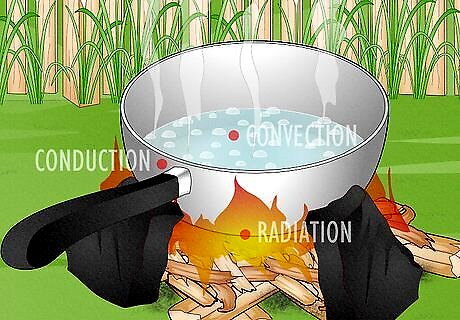
The easiest way to describe how heat transfer works is with a crackling fire. Convection, conduction, and radiation can work on their own, but they can also work together to transfer energy quickly and effectively. Imagine a pot of water over a roaring campfire. With that image in mind, take a look at how each method of heat transfer plays a part: The crackling fire warms you and the bottom of the pot with radiation, emitting a hot light. As the water starts to heat up, it begins to bubble as the hotter molecules move up (eventually turning into steam) and the denser, cooler molecules sink. This is called a convection current. Heat is then transferred to the outside of the pot and the handle, thanks to the molecules rubbing together through conduction.














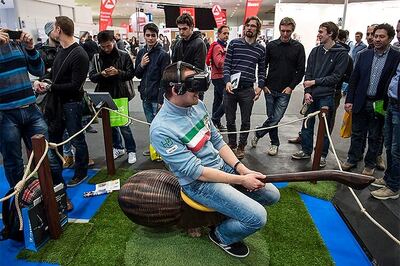





Comments
0 comment